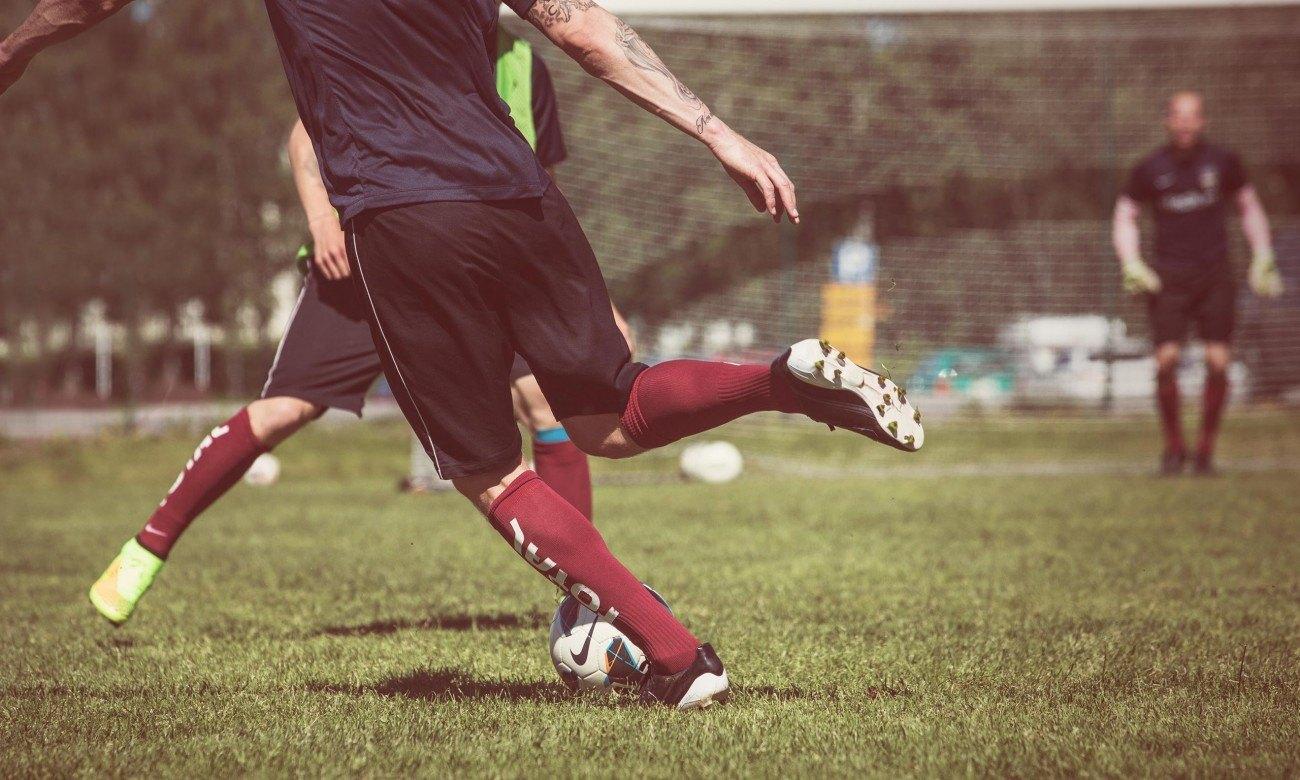
Babatunde Wusu is a football player (striker) playing currently in a Finnish team JJK (Jyväskylä football club). He contacted Firstbeat in early June 2012 as he was worried about his training and recovery.
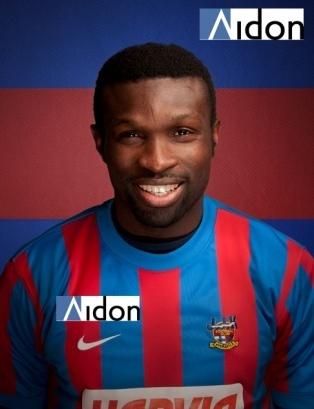
“As a football player my strength is in physics and I need to train hard to maintain and improve my strength. During the preparation season I suffered from pneumonia unable to train at all for a month. Before the season started I was worried if my recovery was good enough and if I could train a bit harder to maintain my fitness over the season.”
Between June and August Wusu recorded totally of 43 overnight files and 23 training/game files. This document describes the key findings what systematic monitoring can provide to a football player.
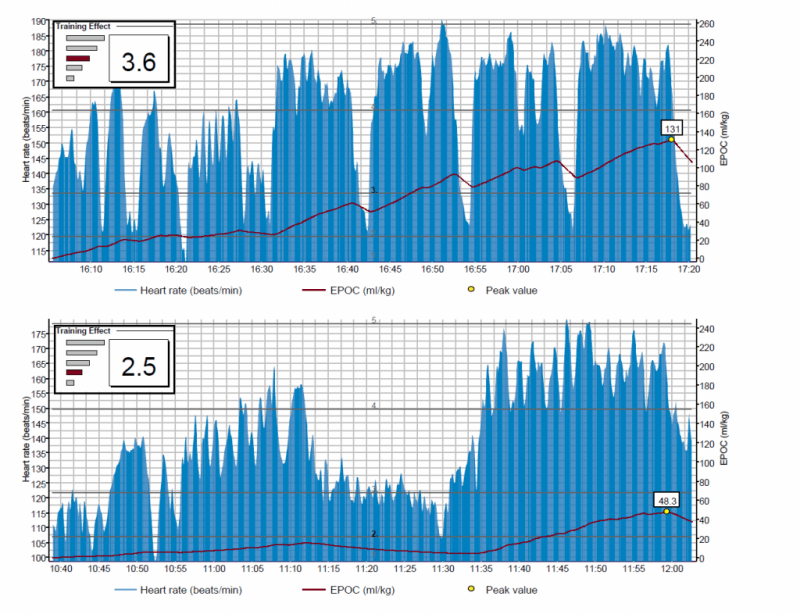
During the first recordings we observed that the body seemed to recover pretty fast from training sessions and games (to the baseline level it was at that time). Recovery trend was rising and Wusu decided to train a bit harder:
The first analysis really helped my self-confidence. I felt good strength to work harder. Now I feel that I am on the right track!”
At the end of June the highest recovery score in record was reached and Wusu showed good performance also in the games. He was the top scorer of the league and all looked good until mid-July (15.7.2012).
During July JJK had totally 9 games in 4 weeks from which 4 was EURO CUP games and involved also a lot of travelling. The training breaks during the preparation season were shown in ability to recover after the games as the aerobic base was not strong enough to tolerate the game rhythm. After 15th of July the recovery didn’t rise to the baseline anymore and eventually Wusu got injured in the game on 17.8.2012 and the season was over for Babatunde Wusu.
“I was not very surprised by my injury because I was in the Firstbeat office two days before i got injured. We noticed that my recovery was going down. My body was not recovering well. I think I played too many games in short time in the month of July.”
Firstbeat will continue the cooperation in recovery monitoring with Babatunde Wusu once he’s back on his feet again after the surgery. By having the measurement data and knowing the baseline levels for recovery the training for the new season should be much easier and more efficient than before.
On the side note it is obvious that injury can happen also with the fresh players but it is clear that the risk for getting injured will increase with the poor recovery. This example showed body reactions to tight play rhythm in July but when looking at the amount of games the players need to play in major leagues (70+ including cups and national games), the need for measuring the recovery should be a high priority!
If you liked this article, you should subscribe to our mailing list.
Give your team the Firstbeat Sports competitive advantage.
Contact us for more information or get a quote.
You might also be interested in

Lap Management Tool: Empowering Learning From Physiological Analytics
Isolate and analyze specific session or game moments using Firstbeat Sports’ Lap Management tool.
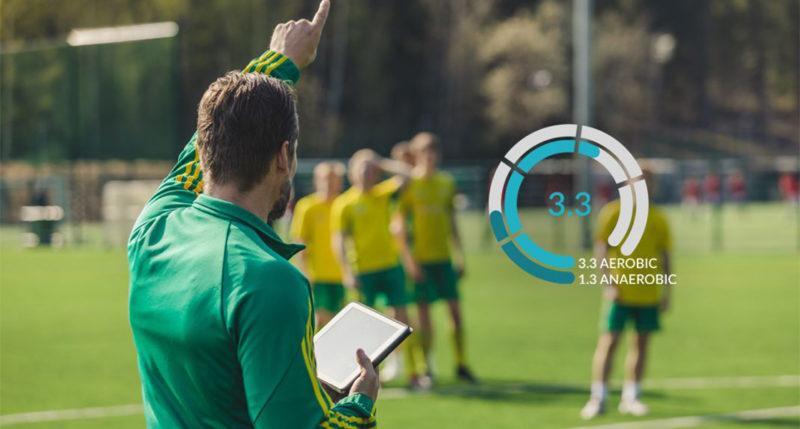
How to Use Training Effect: The Firstbeat Sports Feature that Measures the Impact of Training
In this article, we look at how Training Effect is calculated, the Training Effect scale, and how it is visualized in Firstbeat Sports.
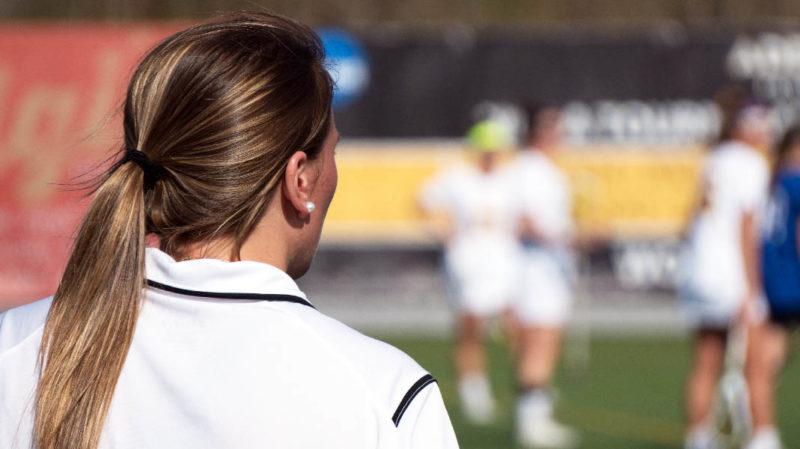
Using Data to Start Key Discussions With Your Athletes – With Jen Mavis, UMBC Soccer – Ep. 7
UMBC Women’s Soccer’s Assistant Coach talks about building trust between coach and athlete, preventing soft tissue injuries, the changing landscape of NCAA competition and coaching, + more

